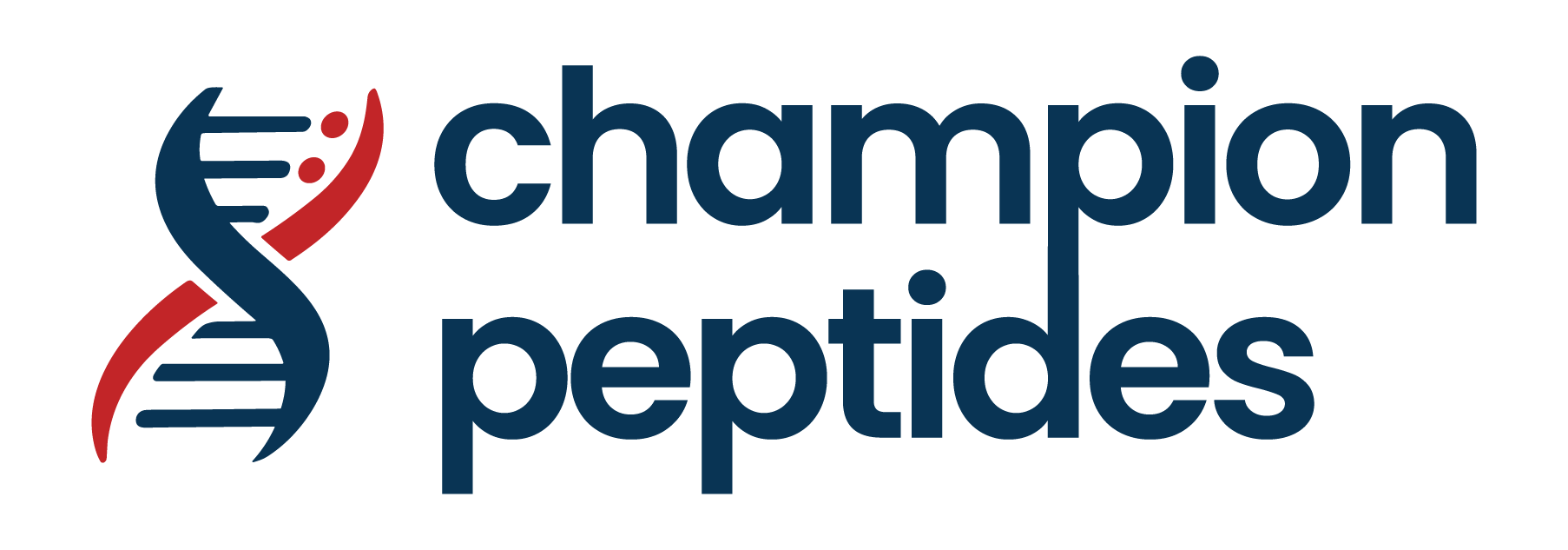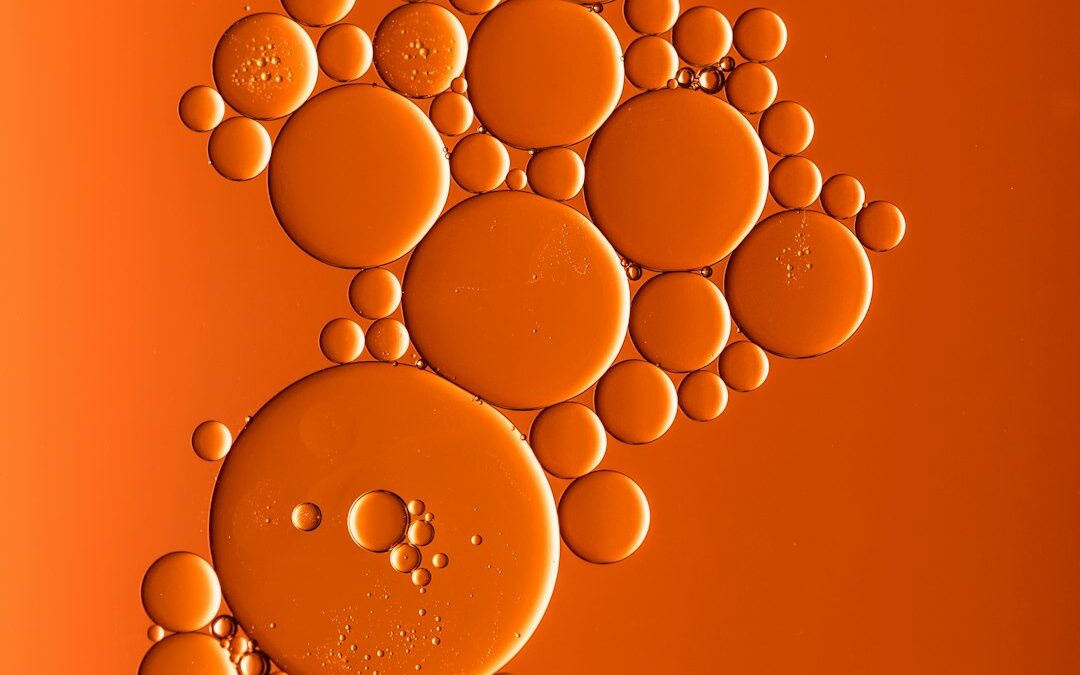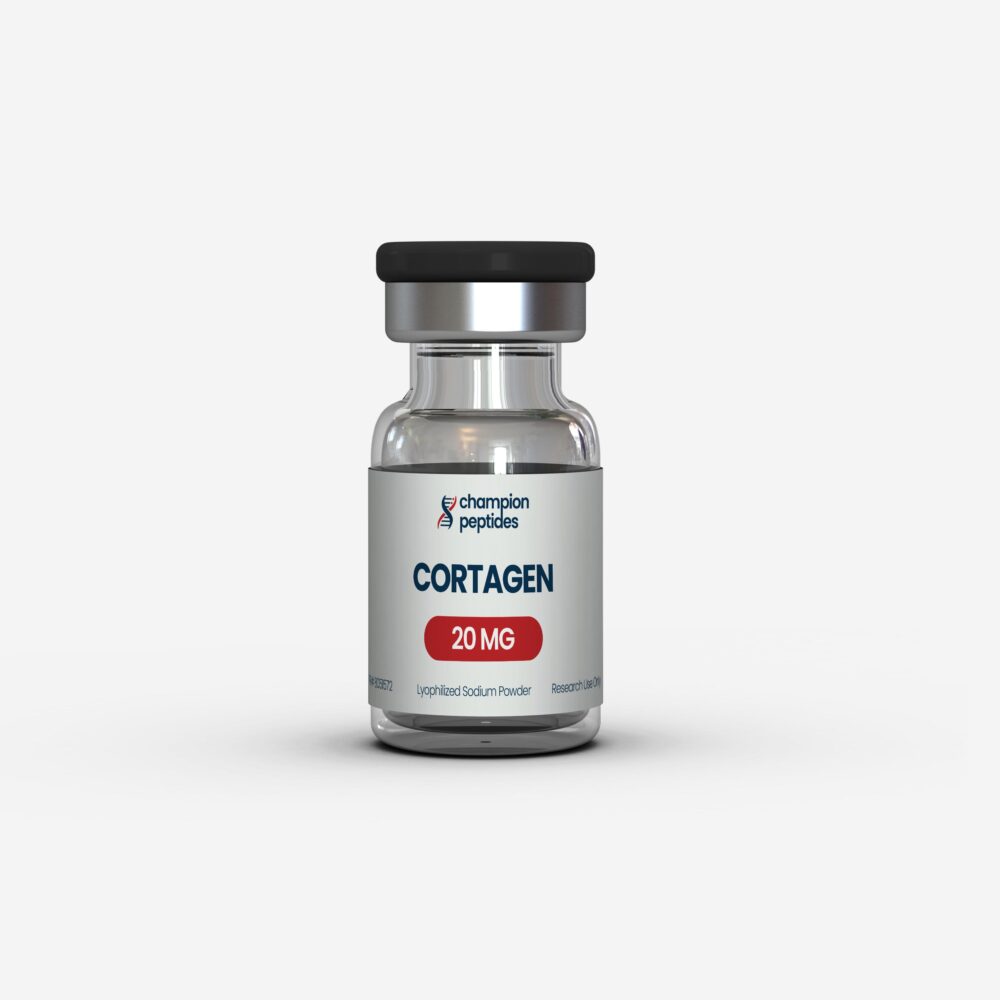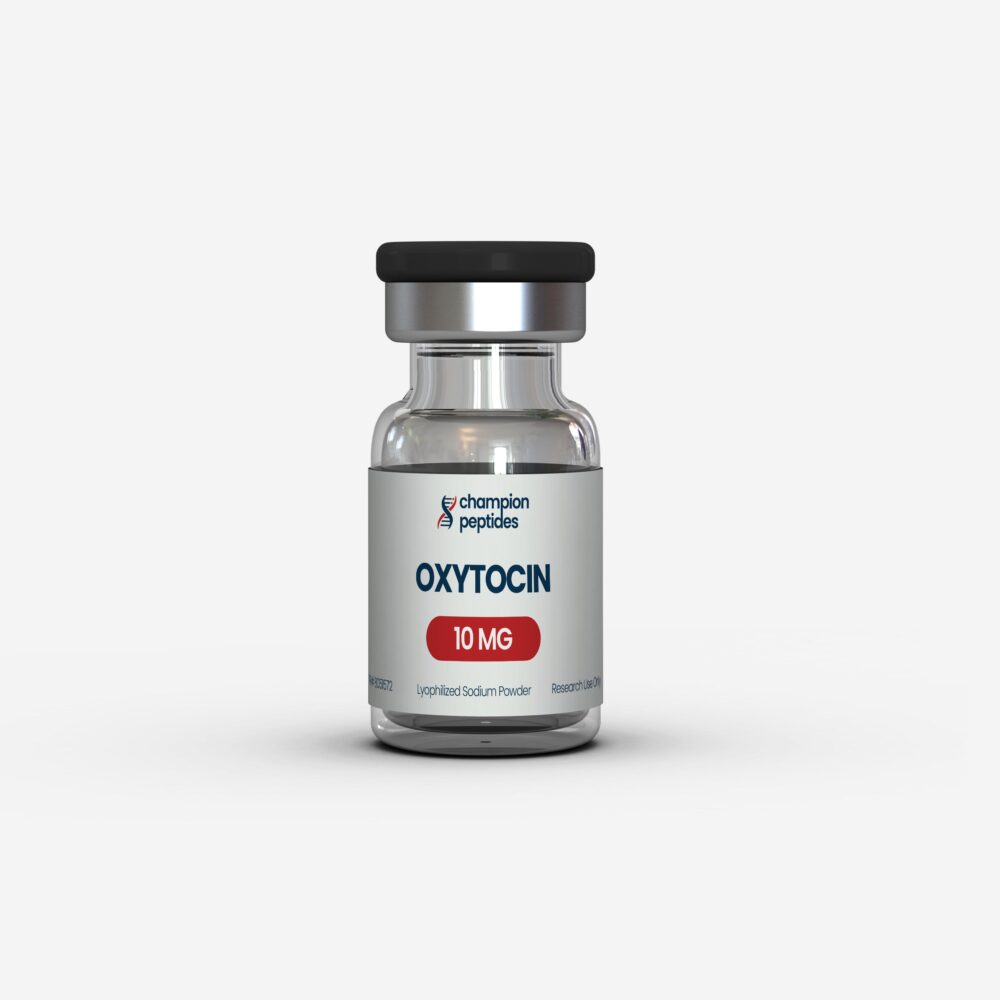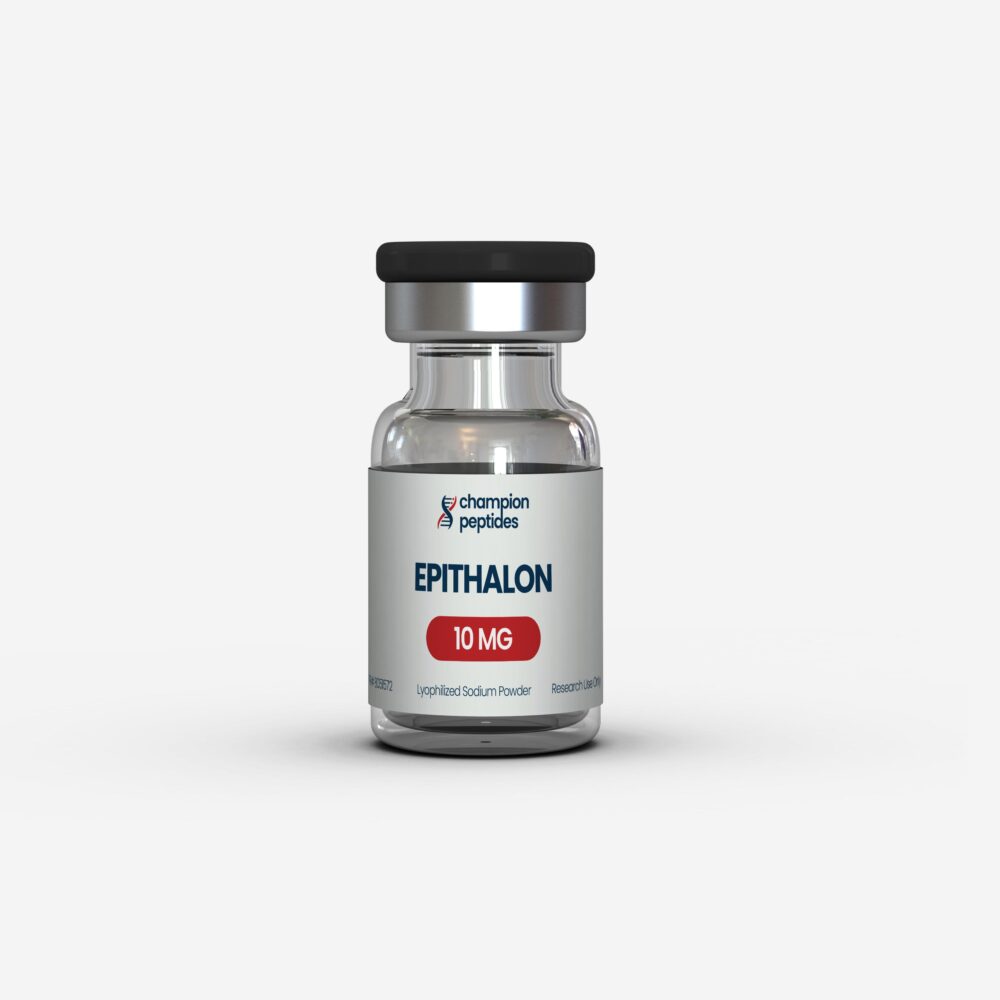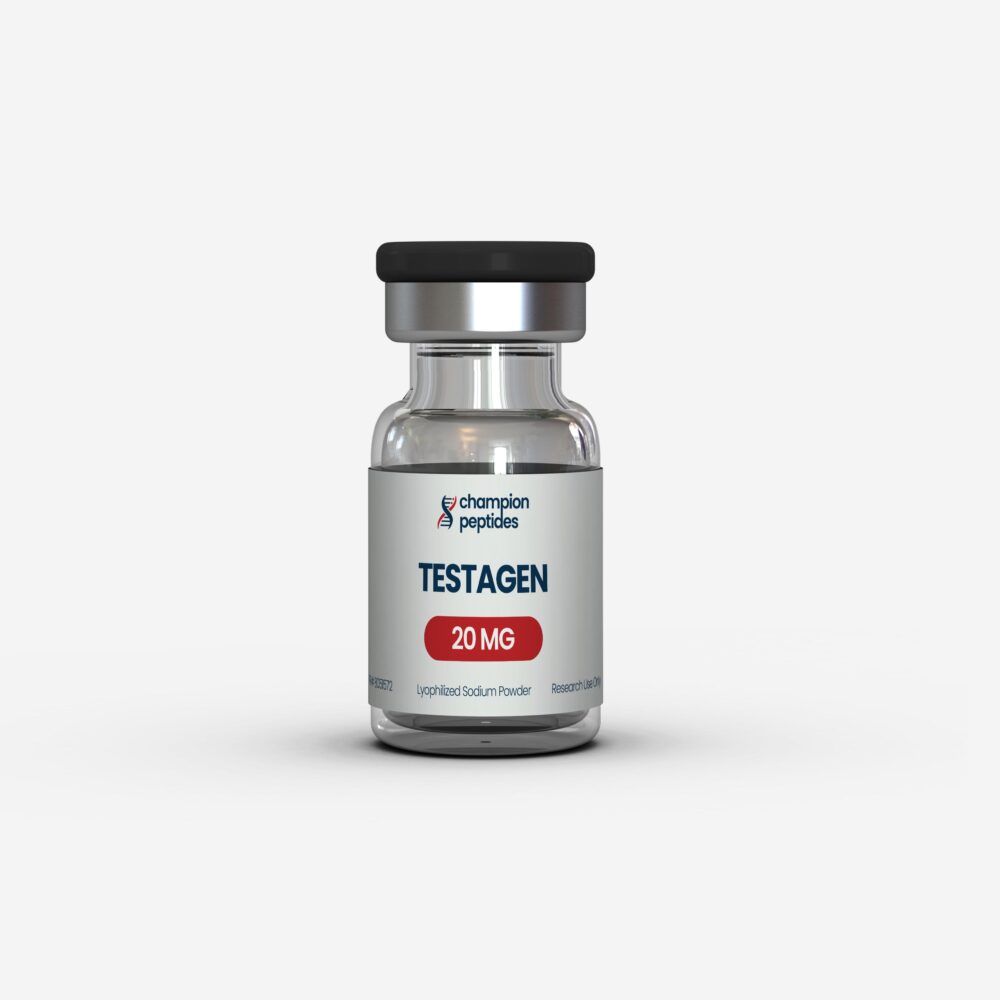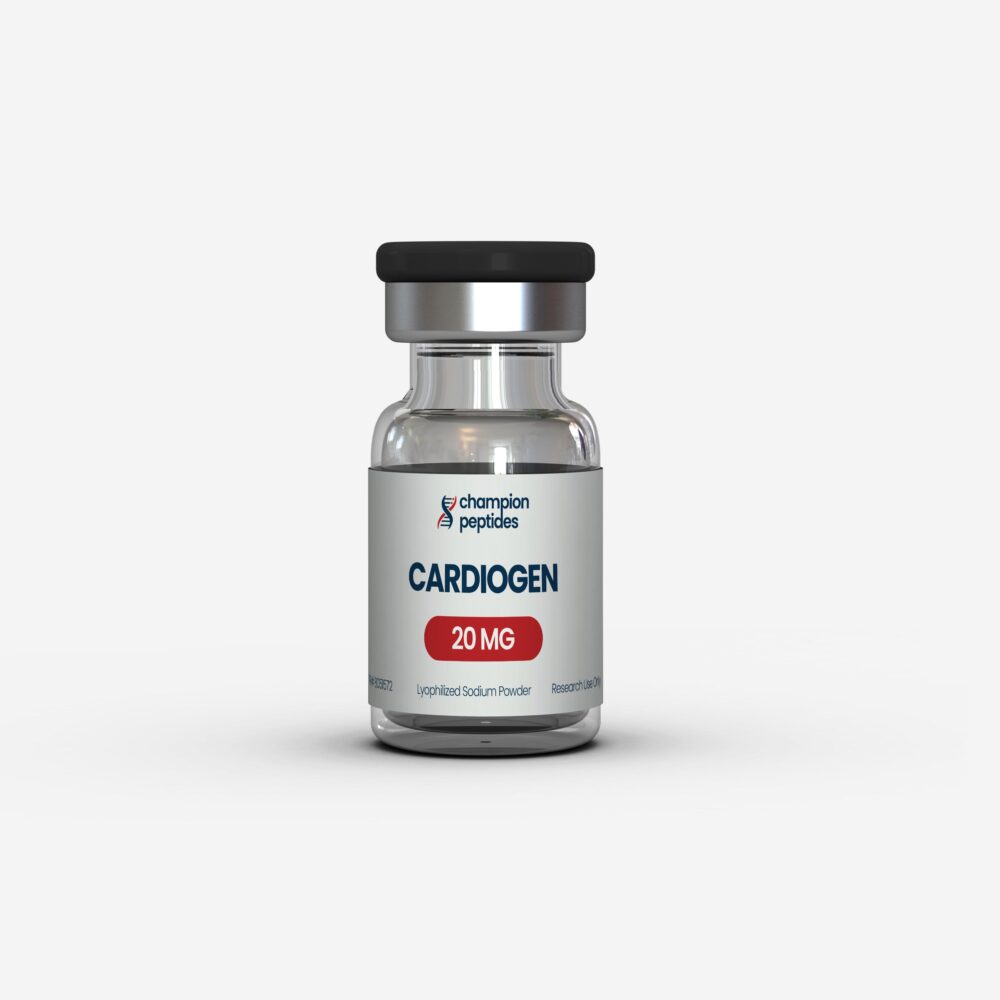Ipamorelin is a synthetic pentapeptide belonging to the growth hormone releasing peptide (GHRP) family that has garnered significant attention in peptide research laboratories worldwide. As a selective growth hormone secretagogue, this compound represents an important tool for researchers studying endocrine signaling pathways and peptide hormone regulation mechanisms.
Research institutions have been investigating ipamorelin’s molecular properties since its development as a synthetic met-enkephalin analogue containing unnatural D-amino acids. The compound’s unique structure makes it particularly valuable for laboratories studying growth hormone release mechanisms and receptor binding interactions at the cellular level.
What makes ipamorelin distinctive in research applications is its selectivity profile. Unlike other growth hormone releasing peptides, ipamorelin demonstrates minimal cross-reactivity with other hormone pathways, making it an ideal research tool for isolating specific growth hormone-related mechanisms in controlled laboratory settings.
Current research focuses on understanding ipamorelin’s metabolic pathways, receptor binding characteristics, and analytical detection methods. Academic institutions and pharmaceutical research laboratories utilize this compound to advance understanding of peptide hormone signaling and develop improved analytical techniques for peptide detection and quantification.
For researchers considering ipamorelin, understanding its research applications and analytical requirements is essential for proper experimental design and regulatory compliance in laboratory settings.
Molecular Mechanisms and Receptor Interactions
Ipamorelin functions as a ghrelin receptor agonist, specifically targeting the growth hormone secretagogue receptor (GHSR-1a). Research has demonstrated that ipamorelin exhibits high binding affinity with IC₅₀ values in the nanomolar range, making it a potent research tool for studying ghrelin receptor pharmacology. The peptide’s molecular structure, containing both natural and unnatural amino acids, contributes to its stability and selectivity profile in research applications.
Studies have shown that ipamorelin undergoes extensive metabolic processing in biological systems. Research by Thevis et al. (2012) identified multiple metabolites formed through exopeptidase, amidase, and endopeptidase activity, with the primary metabolite being the (1-4) free acid fragment. This metabolic profile is crucial for researchers designing elimination studies and understanding the compound’s biological fate in experimental models.
Analytical Detection and Quantification Methods
Advanced analytical methodologies for ipamorelin detection have been extensively developed for research applications. High-resolution mass spectrometry coupled with liquid chromatography represents the gold standard for ipamorelin analysis in biological matrices. Research protocols typically employ weak cation exchange solid-phase extraction followed by nano-UHPLC separation and tandem mass spectrometry detection.
Ipamorelin 10mg is a selective GH secretagogue known for its clean profile, used in anti-aging and muscle regeneration research. (165 kB)
Validated analytical methods demonstrate limits of detection between 2-10 pg/mL, with linear ranges extending to 500 pg/mL. These sensitive detection capabilities enable researchers to study pharmacokinetic profiles and metabolite formation patterns in controlled laboratory environments. Ion mobility mass spectrometry has further enhanced analytical specificity, allowing for improved separation of ipamorelin from matrix interferences.
Metabolic Research and Elimination Studies
Comprehensive metabolic studies have revealed that ipamorelin undergoes intensive biotransformation, with researchers identifying multiple urinary metabolites following experimental administration. The primary metabolic pathway involves sequential amino acid cleavage, producing shortened peptide fragments that retain analytical detectability for extended periods.
Research conducted by Görgens et al. (2015) demonstrated that ipamorelin metabolites, particularly the (1-4) free acid, remain detectable in urine samples after complete withdrawal of the parent compound. This finding has significant implications for analytical method development and provides researchers with extended detection windows for experimental studies.
Stability and Storage Considerations
Laboratory stability studies indicate that ipamorelin requires specific storage conditions to maintain analytical integrity. Research protocols recommend storage at -20°C for optimal peptide stability, with protection from light and moisture being critical factors. These storage requirements are essential for maintaining compound purity and ensuring reproducible research results.
Protease inhibition studies have shown that ipamorelin is susceptible to enzymatic degradation in biological matrices, necessitating the use of stabilization buffers and protease inhibitors in analytical protocols. This susceptibility has led to the development of specialized sample collection and processing methods for peptide research applications.
Research Applications and Future Directions
Current research applications of ipamorelin span multiple areas including endocrine physiology studies, peptide hormone regulation research, and analytical method development. The compound’s selectivity profile makes it particularly valuable for researchers investigating growth hormone pathways without confounding effects from other hormone systems.
Future research directions include the development of radiolabeled analogues for positron emission tomography imaging studies and the investigation of novel synthetic analogues with modified pharmacological properties. These developments will further expand the utility of ipamorelin-based research tools in academic and pharmaceutical research settings.
Champion Peptides provides research-grade ipamorelin with comprehensive analytical documentation to support regulatory compliance and experimental reproducibility.
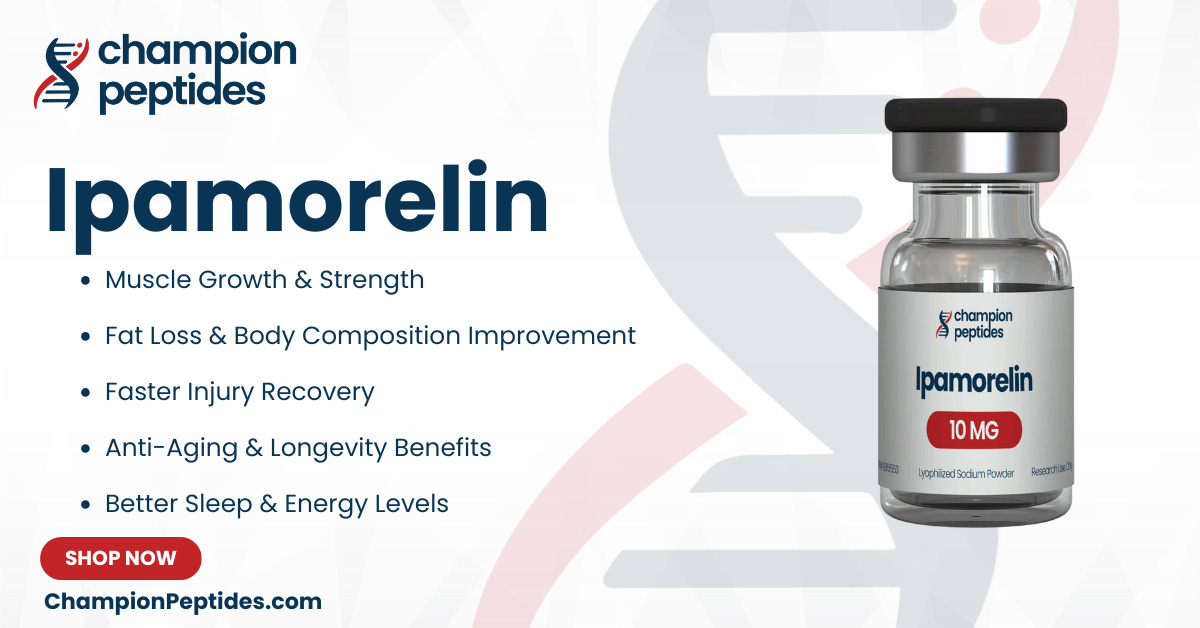
All peptide compounds are manufactured and distributed exclusively for legitimate research purposes by qualified institutions and researchers. Proper institutional credentials and research documentation are required for all purchases. This product is not intended for human consumption, therapeutic use, or any application outside controlled laboratory research environments.
Citation 1: Title: Metabolism of growth hormone releasing peptides Authors: Thevis M, Kuuranne T, Geyer H, Schänzer W Journal: Analytical chemistry Year: 2012 DOI: PMID: 23101768 Citation 2: Title: Determination of growth hormone releasing peptides metabolites in human urine after nasal administration of GHRP-1, GHRP-2, GHRP-6, Hexarelin, and Ipamorelin Authors: Görgens C, Guddat S, Dib J, Geyer H, Schänzer W, Thevis M Journal: Drug testing and analysis Year: 2015 DOI: PMID: 25869809 Citation 3: Title: Determination of prohibited, small peptides in urine for sports drug testing by means of nano-liquid chromatography/benchtop quadrupole orbitrap tandem-mass spectrometry Authors: Thevis M, Kuuranne T, Walpurgis K, Geyer H, Schänzer W Journal: Journal of chromatography. A Year: 2012 DOI: PMID: 22901302 Citation 4: Title: Peptidomimetic growth hormone secretagogue derivatives for positron emission tomography imaging of the ghrelin receptor Authors: Bellissent-Funel MC, et al. Journal: European journal of medicinal chemistry Year: 2018 DOI: PMID: 30282322
